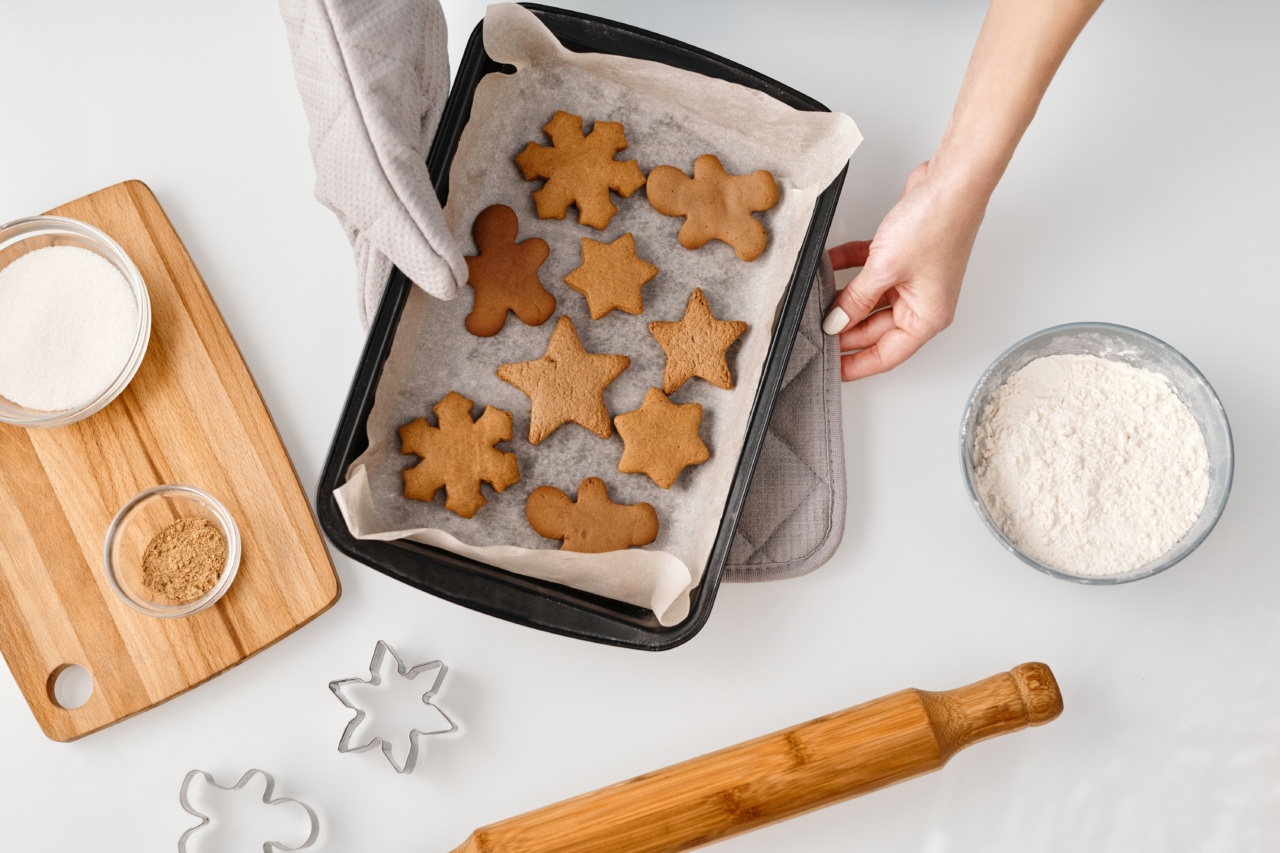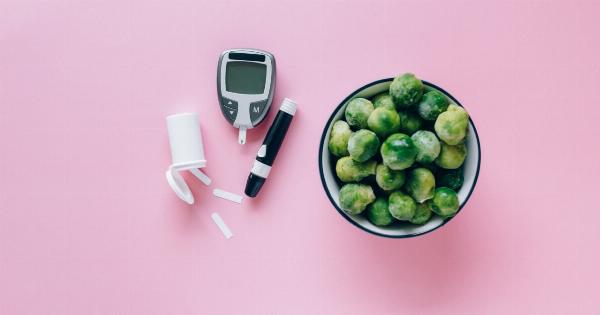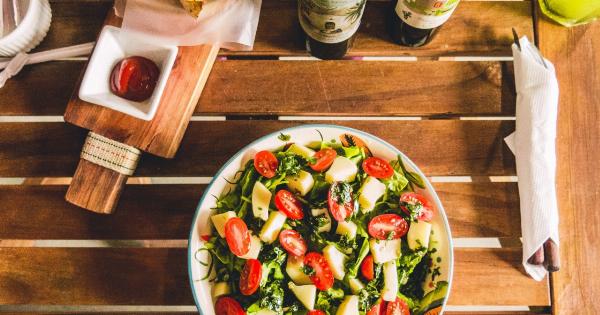Diabetes is a growing concern globally with an estimated 463 million people diagnosed with diabetes worldwide, according to the International Diabetes Federation (IDF) Atlas.
The condition is characterized by elevated blood glucose levels due to a lack of insulin production or its improper utilization by the body. Lifestyle, including dietary habits and cooking methods, plays a significant role in the onset and management of diabetes.
Cooking, in particular cooking methods and ingredients, is pivotal in maintaining healthy blood glucose levels and reducing the risk of type 2 diabetes. In this article, we explore different cooking methods and how they affect diabetes risk.
Boiling
Boiling is a popular cooking method that involves cooking food in boiling water. It is a healthy method of cooking that reduces the risk of diabetes by reducing the fat content of food.
Boiling vegetables, for example, is a healthy way of cooking them as it reduces the risk of diabetes by reducing the fat that is absorbed by the body.
Baking and Roasting
Baking and roasting are popular cooking methods that are healthy alternatives to frying. Baked and roasted food reduces the risk of diabetes by reducing fat intake as well, making it an ideal cooking method for people with diabetes.
Baking and roasting also help to retain the nutritional value of food, making it an ideal cooking method for health-conscious individuals.
Grilling
Grilling is a cooking method that involves cooking food over an open flame. Grilling is a healthy cooking method that reduces the risk of diabetes by reducing the fat content in the food.
Although grilling helps to retain the nutritional value of food, it should be noted that excessive consumption of grilled food can increase the risk of cancer. As such, it is important to grill food in moderation to reduce the risk of cancer.
Stir-Frying
Stir-frying is a quick and healthy cooking method that involves cooking food in a small amount of oil over high heat. This cooking method reduces the risk of diabetes by reducing the oil content in the food.
Additionally, the quick cooking time helps to maintain the nutritional value of the food, making it an ideal cooking method for individuals with diabetes.
Pressure Cooking
Pressure cooking is a method of cooking that involves cooking food in a sealed container using steam. This cooking method cooks food quickly and easily, and as such, it reduces the risk of diabetes by reducing the loss of nutrients during cooking.
Pressure cooking is an ideal cooking method for people with diabetes as it helps to preserve the nutritional value of food. Additionally, it requires less oil, making it a healthy alternative to frying.
Steaming
Steaming is a healthy cooking method that reduces the risk of diabetes by reducing the fat content of food. Steamed food retains its nutritional value, making it an ideal cooking method for people with diabetes.
Additionally, steaming requires little or no oil, making it a healthy alternative to frying.
Sautéing
Sautéing involves cooking food in a small amount of oil over high heat. Sautéing reduces the risk of diabetes by requiring less oil than other cooking methods.
Additionally, this cooking method retains the nutritional value of the food, making it an ideal cooking method for people with diabetes.
Canning
Canning involves cooking and preserving food in airtight containers. This cooking method reduces the risk of diabetes by reducing the exposure of food to harmful bacteria.
Additionally, canning helps to retain the nutritional value of food, making it an ideal cooking method for people with diabetes.
Poaching
Poaching involves cooking food in liquid, such as water, milk, or broth, at a simmering temperature. This cooking method reduces the risk of diabetes by reducing the oil and fat content in the food.
Additionally, poaching helps to retain the nutritional value of food, making it an ideal cooking method for people with diabetes.
Braising
Braising involves cooking food in a small amount of liquid, such as broth or wine, for an extended period over low heat. Braising reduces the risk of diabetes by reducing the oil content in the food.
The extended cooking time helps to enhance the flavor of the food, making it an ideal cooking method for people with diabetes.
Conclusion
There are different methods of cooking food, each with unique advantages and disadvantages. Cooking methods play a significant role in determining the nutritional value of food and its effect on diabetes.
By adopting healthy cooking methods, such as boiling, baking, steaming, grilling, stir-frying, pressure cooking, sautéing, canning, poaching, and braising, individuals can reduce their risk of developing diabetes and manage the condition effectively. It is also important to choose healthy cooking oils, such as olive oil, coconut oil, and avocado oil, to reduce the risk of diabetes and maintain a healthy diet.

























